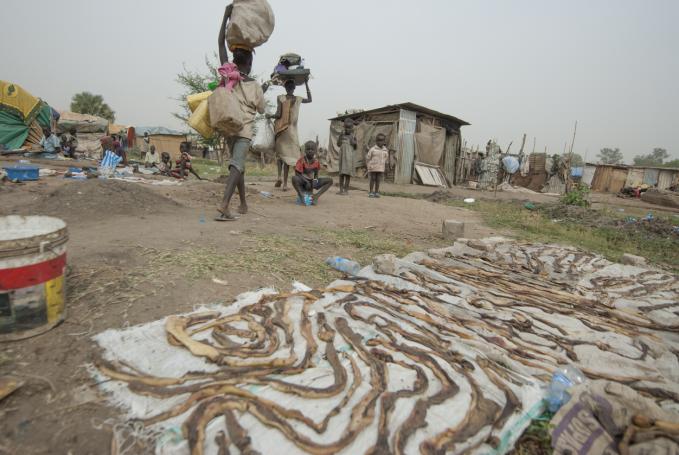THESIS & RESEARCHES

Evaluation of the Use of MODIS-Terra and Sentinel-2 data to survey the epidemic effects of Citrus Tristeza Virus (CTV) infected areas in Apulia region.
Year:
2022
Author:
Mghari Hamza
Monitoring and surveillance of plant pathogens and pests is an essential step in integrated pest management. However, the conventional field monitoring of diseases and pests is labor-intensive and generally not very effective. Remote sensing (RS) techniques could play an essential role in large-scale monitoring of plant diseases and pests. Citrus tristeza virus (CTV) is the most important citrus virus in the world. In 2002 two epidemics of the virus were reported in Apulia region, Italy. To survey the epidemic effects of the virus in Apulia region, a remote sensing approach using time series analysis was applied. Moderate Resolution Imaging Spectroradiometer MODIS-Terra Normalized Difference Vegetation Index time series and Sentinel-2 multispectral satellite imagery were evaluated to study the fluctuations related to the infection, in nine citrus fields by MODIS-Terra for a period of 21 years, and in four citrus orchards by Sentinel-2 for a period of 5 years. Phenological parameters were extracted from MODIS-Terra NDVI and Sentinel-2 NDVI by applying asymmetric curve fitting methods. Then their evolution was analyzed using linear regression. The approach evaluated demonstrate its high potential in monitoring the infected citrus fields. MODIS-terra with his medium spectral resolution provides a large time period of assessment. Moreover, Sentinel-2 enables the monitoring of small orchards due to its high spectral resolution. Statistical analysis has demonstrated the correlation between the incidence of the infection to the trends of seasonal parameters, notably the peak value parameter, the seasonal amplitude, and the seasonal integral in the summer period.
Supervisor:
S. Gualano, F. Santoro and A. Novelli
Collaboration:
CIHEAM











